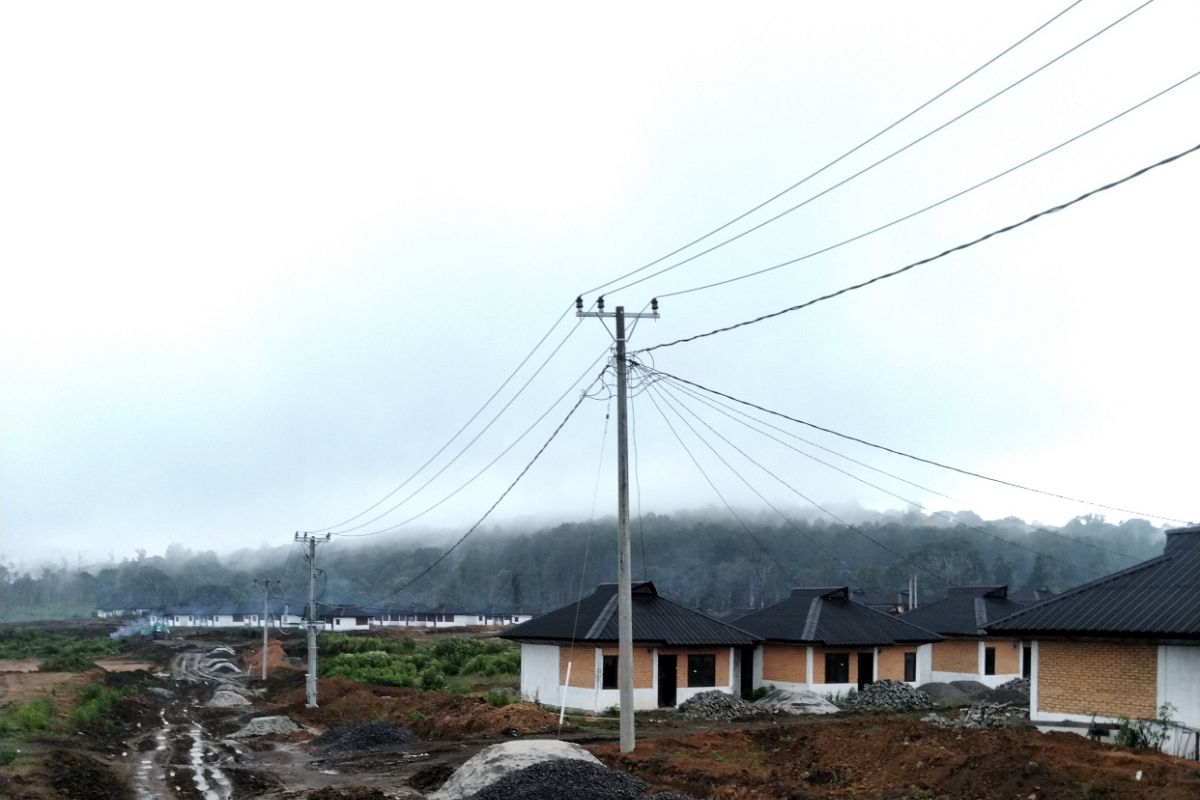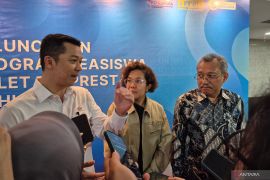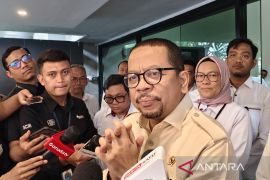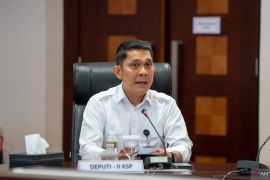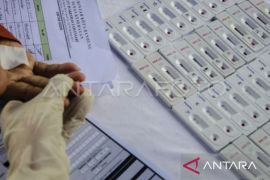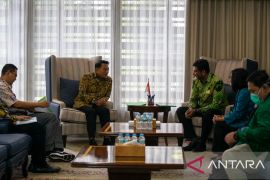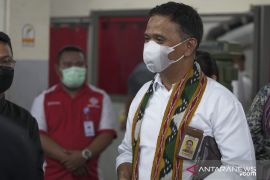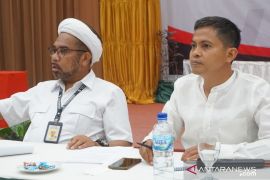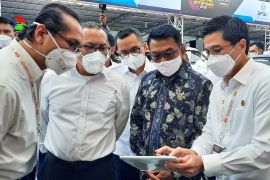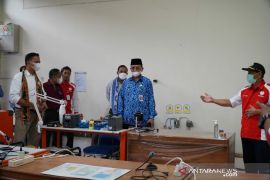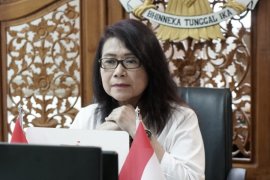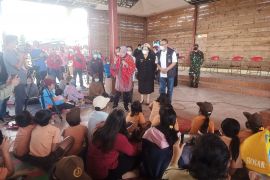"I appreciate the handling of evacuees, especially in (the midst of) the COVID-19 pandemic, where health protocols needed to be applied," Deputy II of the Presidential Staff Office, Abetnego Tarigan, said on Wednesday.
So far, about 284 refugee families affected by the eruption of Mount Sinabung, North Sumatra have received housing assistance from the government, he informed.
At least 108 housing units have been built in Siosar and 181 households in Ndokum Siroga. Within the housing area, public and social facilities such as churches, mosques, shared halls, public water, and sanitation facilities have been made available.
The handing-over ceremony of the houses was held at the Karo district head's office in Kabanjahe, North Sumatra on Tuesday (July 28, 2020).
Tarigan reiterated that the measures used to manage the disaster would become a benchmark for evaluation and clarified the division of tasks, functions and authority at the level of the district / city, provincial and central governments.
"Synergy between agencies at various levels becomes important in disaster management," he pointed out.
Related news: Refugees of Mt Sinabung Survive Four-Month Ordeal
Related news: Bulog distributes 3 tons rice to Mount Sinabung refugees
In 2010, after 200 years of remaining idle, Mount Sinabung suddenly released lava and hot ash clouds.
It has spewed volcanic ash several times since then. As many as 3,073 families were evacuated from the area and were validated to receive help from the government.
Related news: Mt Sinabung`s volcanic dust spreads to North and East Aceh
At the moment, the process of settlement of permanent phase 3 housing is still being carried out at the relocation site of Siosar. Development of public roads, and provision of clean water and electricity is being prioritized at the site. The housing is targeted to be ready for inhabitation by December, 2020.
Meanwhile, head of the North Sumatra Disaster Management Agency, Riadil Lubis, said that there is a need for an exit strategy after the completion of phase 3, under which community empowerment in Siosar would be the prime focus.
"Village funds can be used for physical development and community empowerment, with good assistance the results can be optimal," he explained.
Meanwhile, Tarigan reiterated that the Siosar relocation area could become a new model for regional development. For instance, through creation of waste segregation areas and tourist areas where it is necessary to pay attention to environmental aspects that are sustainable.
Related news: All Mount Sinabung refugees return home
Related news: Social affairs minister distributes rp6.9 billion to victims of Sinabung
Translator: Hanni Sofia/Aria Cindyara
Editor: Yuni Arisandy Sinaga
Copyright © ANTARA 2020
